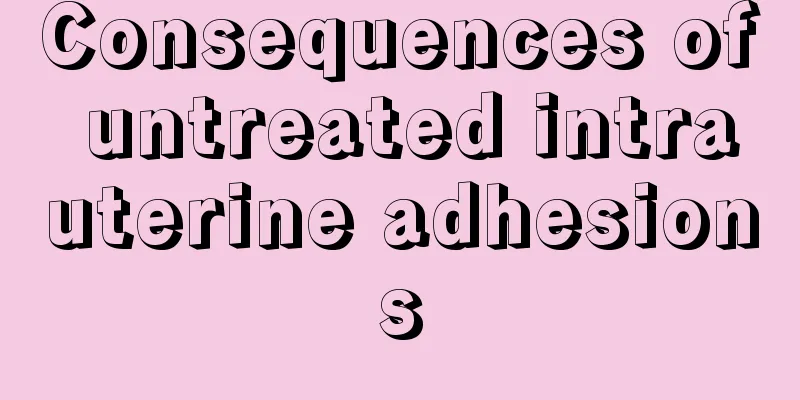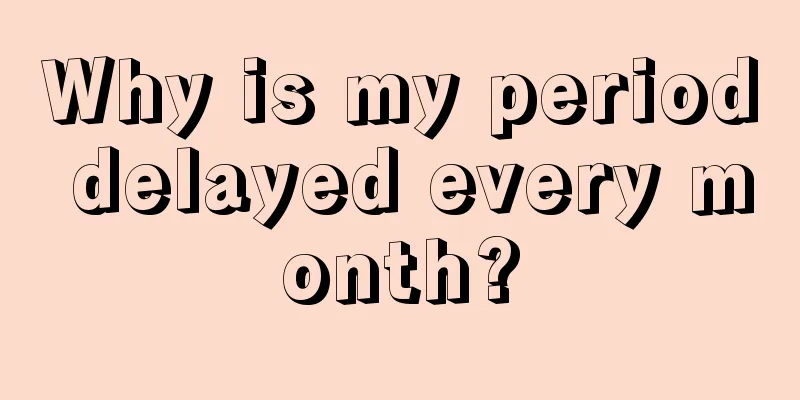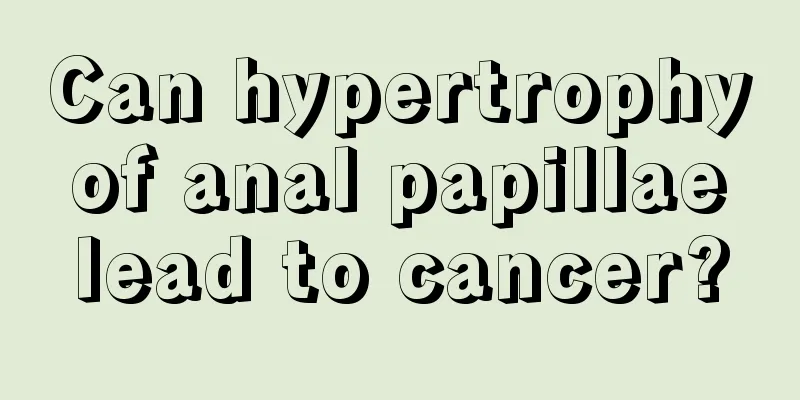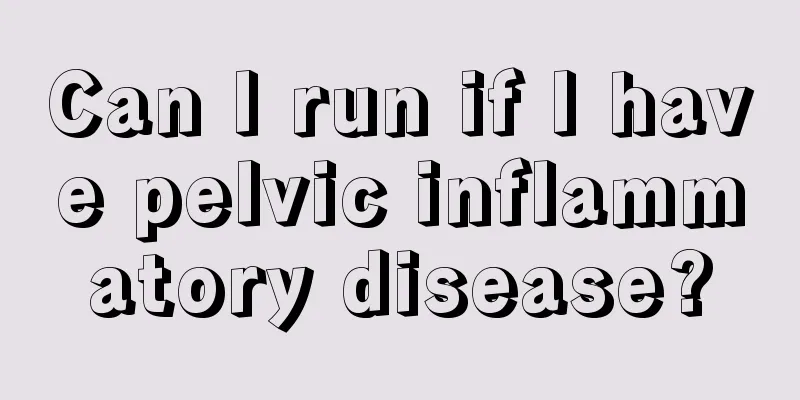Consequences of untreated intrauterine adhesions

|
The female endometrium is a very important existence, and any factor that causes the destruction of the female endometrium may lead to the consequence of intrauterine adhesion. Therefore, women who have experienced childbirth and abortion are much more likely to develop intrauterine adhesions, but most women do not pay much attention to the disease of intrauterine adhesions. In fact, intrauterine adhesions are very serious if not treated. The following is a scientific introduction to the consequences of not treating intrauterine adhesions for women. For some people, the examination results of intrauterine adhesions are not serious. Some people think that as long as they pay more attention, the condition will not get worse, so there is no need for deliberate treatment. Can intrauterine adhesions be left untreated? I can tell you for sure that intrauterine adhesions must be treated. If intrauterine adhesions are not treated, they can lead to the following adverse consequences: 1. Complications Intrauterine adhesions are often complicated by fallopian tube blockage and fallopian tube adhesions, resulting in fallopian tube obstruction or obstruction, which prevents the sperm and egg from combining normally and smoothly, leading to infertility. 2. Not conducive to sperm survival The scarring of uterine wall tissue and uterine cavity closure caused by intrauterine adhesions destroy the integrity of the endometrial layer, leading to physiological dysfunction and disorder of the endometrium, which is very unfavorable for sperm storage, survival and capacitation, thus leading to infertility and miscarriage. 3. Infertility, recurrent miscarriage, and premature birth Secondary infertility is prone to occur after uterine cavity adhesion, and even if pregnancy occurs, recurrent miscarriage and premature birth are prone to occur. Due to adhesions in the uterine cavity, damage to the endometrium, and reduction in uterine volume, the normal implantation of the embryo is affected. And affect the fetus's survival in the uterine cavity to full term. 4. Amenorrhea In patients with amenorrhea and complete uterine adhesion, amenorrhea may occur in mild cases. The duration of amenorrhea may not be long and can be treated with estrogen and progesterone without causing withdrawal bleeding. Patients with partial adhesions in the uterine cavity and partial destruction of the endometrium will experience scanty menstruation but irregular menstrual cycles. 5. Cyclic abdominal pain Cyclic abdominal pain, usually during induced abortion and about one month after curettage, will cause sudden spasmodic pain in the lower abdomen, which is usually accompanied by a feeling of anal distension. Some patients have severe abdominal pain, restlessness, difficulty moving, and even passing gas and defecation are very painful. |
<<: Consequences of nephritis in women
Recommend
What should pregnant women do if they have vaginitis?
When women are pregnant, their body resistance an...
Do I need surgery for uterine fibroids?
In our daily life, many people believe that women...
What medicine is good for brown vaginal discharge?
If the leucorrhea turns brown, it means an abnorm...
Can I take diet pills while breastfeeding?
Nowadays women pay special attention to their fig...
How can fibroma be cured?
Fibrobreast tumor is a very scary gynecological d...
You can’t just plant teeth casually? You may not know that there are conditions for dental implants.
Science Times reporter Wu Qiong Tooth extraction ...
How to regulate menstrual bleeding?
Women are prone to blood stasis in their menstrua...
When is the best time to drink celery juice? What should you pay attention to when drinking celery juice?
Modern people's living conditions have improv...
What is the cause of breast pain and lump?
For women, having to give birth to children, rais...
Can cats also get Down syndrome?
March 21 is World Down Syndrome Day, also known a...
What can women eat to replenish their yang deficiency the fastest?
The most obvious physical characteristic of women...
What does breast examination level 3 mean?
With the increasing incidence of breast diseases ...
Signs and symptoms of missed abortion
A missed abortion is also known as a missed abort...
Female vaginal discharge with blood
If a woman's vaginal secretions contain blood...
The stars we see may have disappeared long ago.
8 little-known facts in the first issue of 2023 A...









